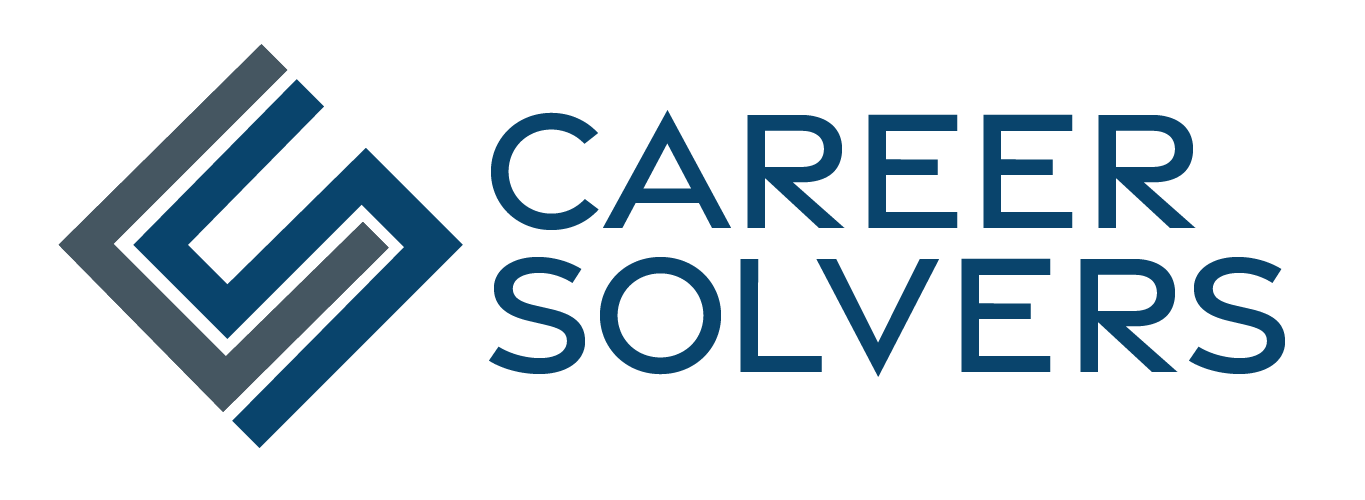 Last week when I was in Annapolis at the NRWA conference, I listened to a panel discussion with five recruiters representing the corporate, not-for-profit, and government sectors who shared their preferences regarding resumes. Their preferences are consistent with those of other recruiters I talk to. Here are the key takeaways:
Last week when I was in Annapolis at the NRWA conference, I listened to a panel discussion with five recruiters representing the corporate, not-for-profit, and government sectors who shared their preferences regarding resumes. Their preferences are consistent with those of other recruiters I talk to. Here are the key takeaways:
1. Include both months and years of employment for any positions that you held for less than 2 years.
2. Use bulleted lists to show accomplishments rather than blocky paragraphs of text.
3. Create a brief paragraph under each job title to explain the position responsibilities.
4. If listing multiple roles in one company, only list the company name and full employment dates once and list the individual position titles underneath.
5. Include embedded links such as LinkedIn url or other links if relevant.
6. Keep the resume to one or two pages unless applying for a federal job where a longer resume may be needed.
7. Explain any employment gaps on the resume.
8. Paste your cover letter into the body of the email rather than as a separate attachment.
9. Make sure all company names, job titles, and keywords are easy to spot on a quick scan.
10. Use a chronological format whenever possible; alternative formats can raise suspicion with some recruiters.



This is an excellent guide for resume writing. The only thing that I would like to see included is an example of an achievement at each former employer, e.g. cost reductions, sales increases, etc.
Jim,
Absolutely and all the recruiters agreed that achievements are a critical component of a strong resumes. Thanks for commenting!
This is great, Barbara, and I love that it reinforces things I have been teaching for years. I really like the paste cover letter, I was never comfortable with two attachments but I have had clients who insisted it had to be the full document. I love back-up!
Thank you Barbara. There is value in your list and the previous added comments. We might quibble on items that yield TMI (too much information). Can you suggest approaches for mid-career job seekers? Doesn’t seem you mention anything about key words, targeted objectives and the focus section of page one under the heading.
Sincerely,
Dan
Julie,
It was pretty clear from the recruiters’ responses that they want things simplified whenever possible, so yes, in this case less is more.
Dan,
Great points. The panel was an open Q&A and not everything discussed pertained to resumes. These recruiters did prefer profiles over objectives and recommended using keywords. They didn’t address specific questions about mid-career professionals, but that is an important topic and something I hope to blog on in the near future.
Barbara,
Great job summarizing this! I’m a talent management expert with over a decade of experience helping companies recruit, assess and develop leaders. I have conducted over 150 executive searches and I second everything you just said.
Dan,
I can honestly say that to me a “career/targeted objectives” section adds little if any value. Not sure what you mean by “focus” section either, but the first 1/2 of the first page should communicate two things to me in less than 30 seconds.
1) What job you want. For most people this is easily accomplished by changing the words “Professional Summary/Executive Summary/Summary” to something like “Vice President / Director of Sales” or “Chief Information / Technology Officer”.
2) Why you are qualified for the job you want. The best way to do this is to show the quantifiable results (preferably results that are above average) that you have produced. For instance, if your title was Vice President / Director of Sales statements that will make me want to read the rest of the resume (the real purpose of the first 1/2 of the first page) would be increased sales 25% or more for three consecutive years for a $500 million enterprise software company, increased number of multi-million dollar accounts 105% over two year period for a $200 million dollar content management software company, increases profits from major accounts an average of 20% a year for three consecutive years for a $300 million supply chain software company.
As for key words, I don’t read them but you NEED them. I suggest people have six to 10 “key phrases”. I say key phrases because most recruiters I know who use key words to source/identify resumes use multiple words in combination. For instance, they might search “medical device”, “business intelligence”, or “strategic planning”. One way to determine the key phrases to use is to start typing a phrase into Google and see what pops up. For instance if you type in strategic the first of many phrases listed is strategic planning. You can also find 3-5 online job postings that you are interested in and which phrases are used most often by all of them.
As for handling mid-career or lots of experience I recommend you show the last 10 or so years and summarize everything prior. You can list the names or types of companies you worked for in a position summary statement like, “Prior experience includes sales and sales management positions for ____, _____, and _____.” If you have particular achievements that are relevant, and don’t overshadow your more recent achievements, you can have one short bullet list for all of these position with no more than three to four achievements.
For more of my resume writing advice see my Blog post at http://wp.me/pCoHk-3.
For more information about CorDell & Company’s Career Coaching Services visit http://www.cordellandcompany.com/jobseekers.html or send an email to cordell DOT larkin AT cordellandcompany DOT com.
Cordell,
Wonderful, comprehensive tips. Thanks for commenting.
A good post Resume Preferences: Straight From the Mouths of Recruiters.An important point is a resume and cover letter should be the marketing tools that help candidate to land the position that is perfect for him.
Thanks,
Edwin-Resume for teachers
Canadian resume writing service
Resumes for recession